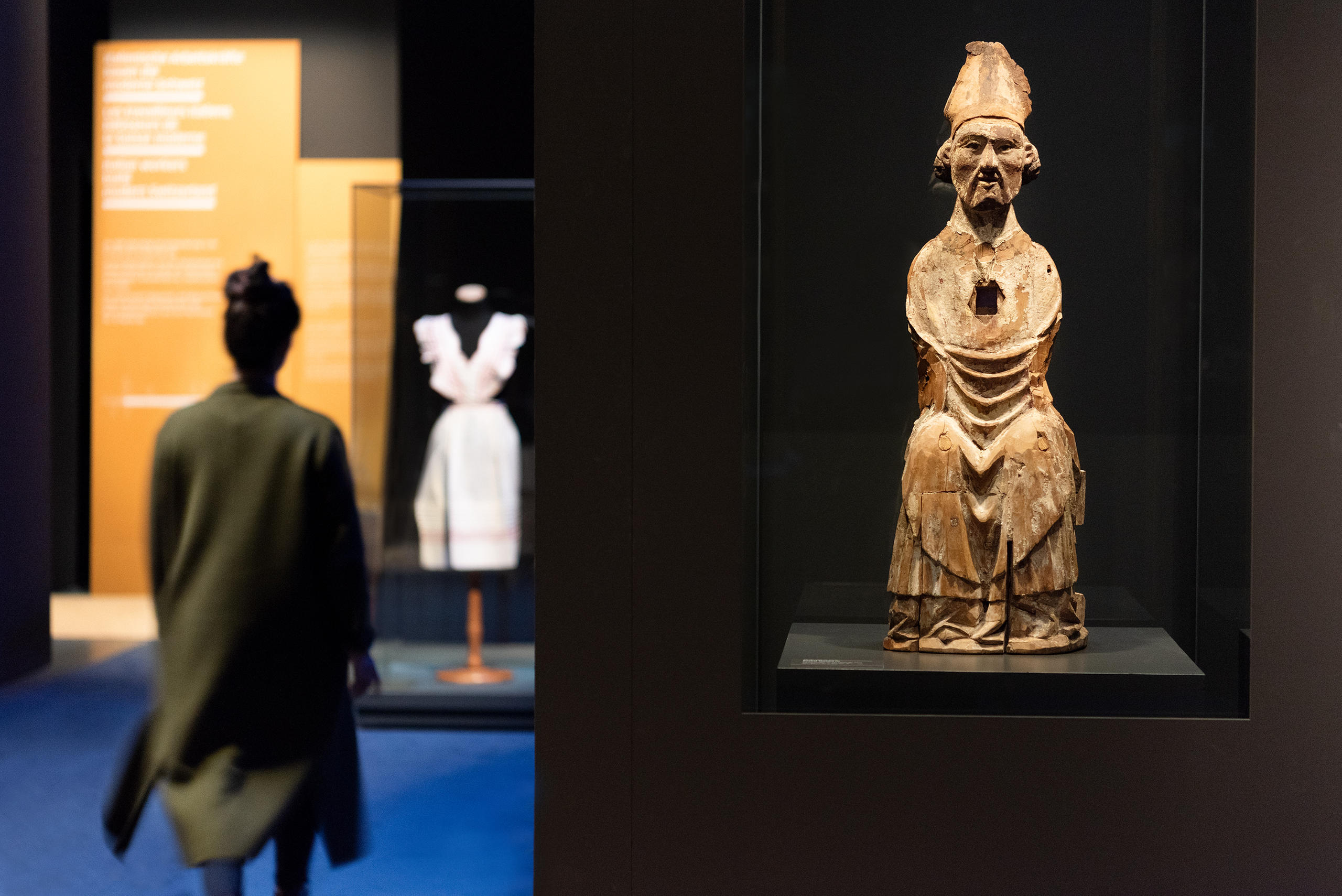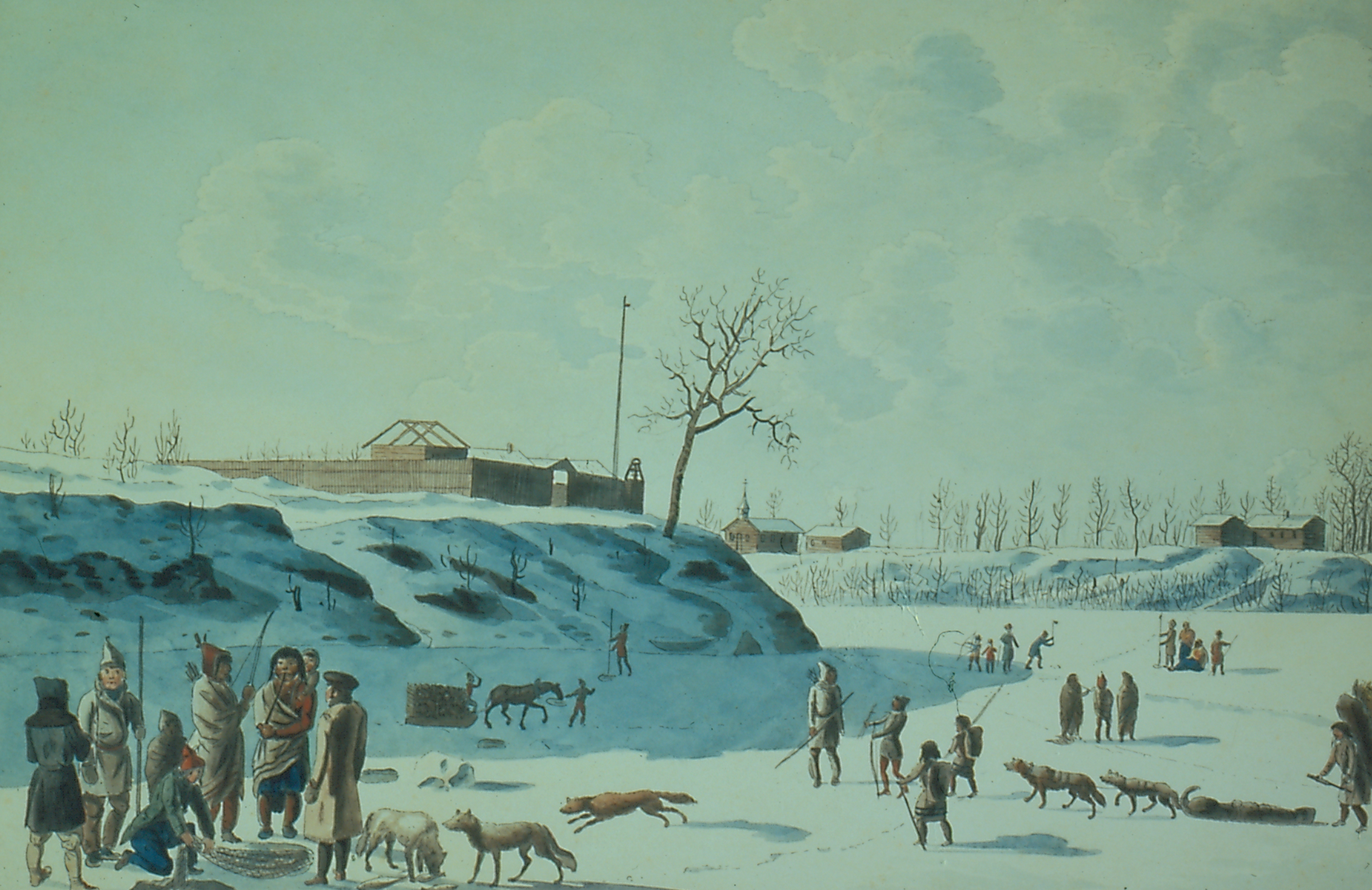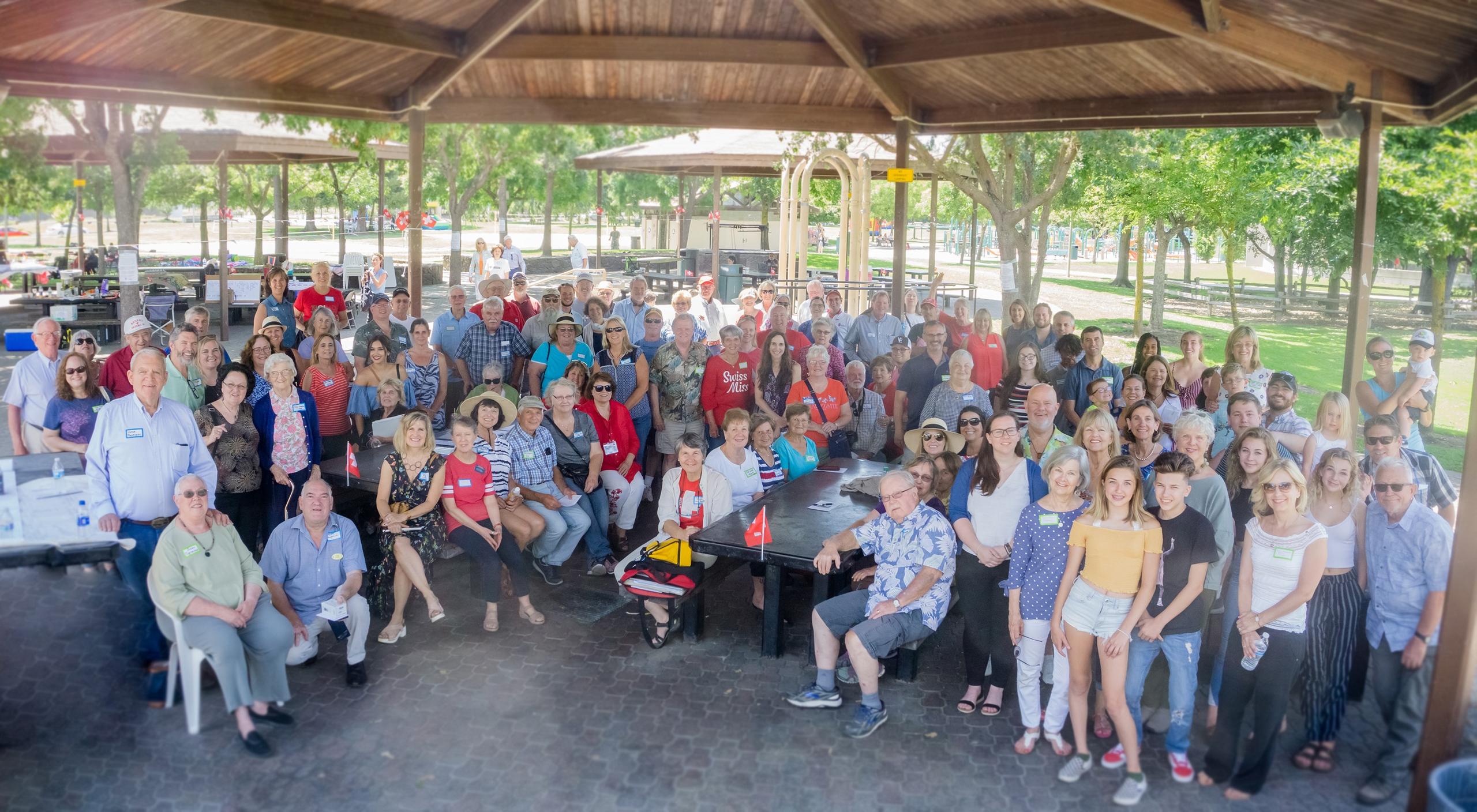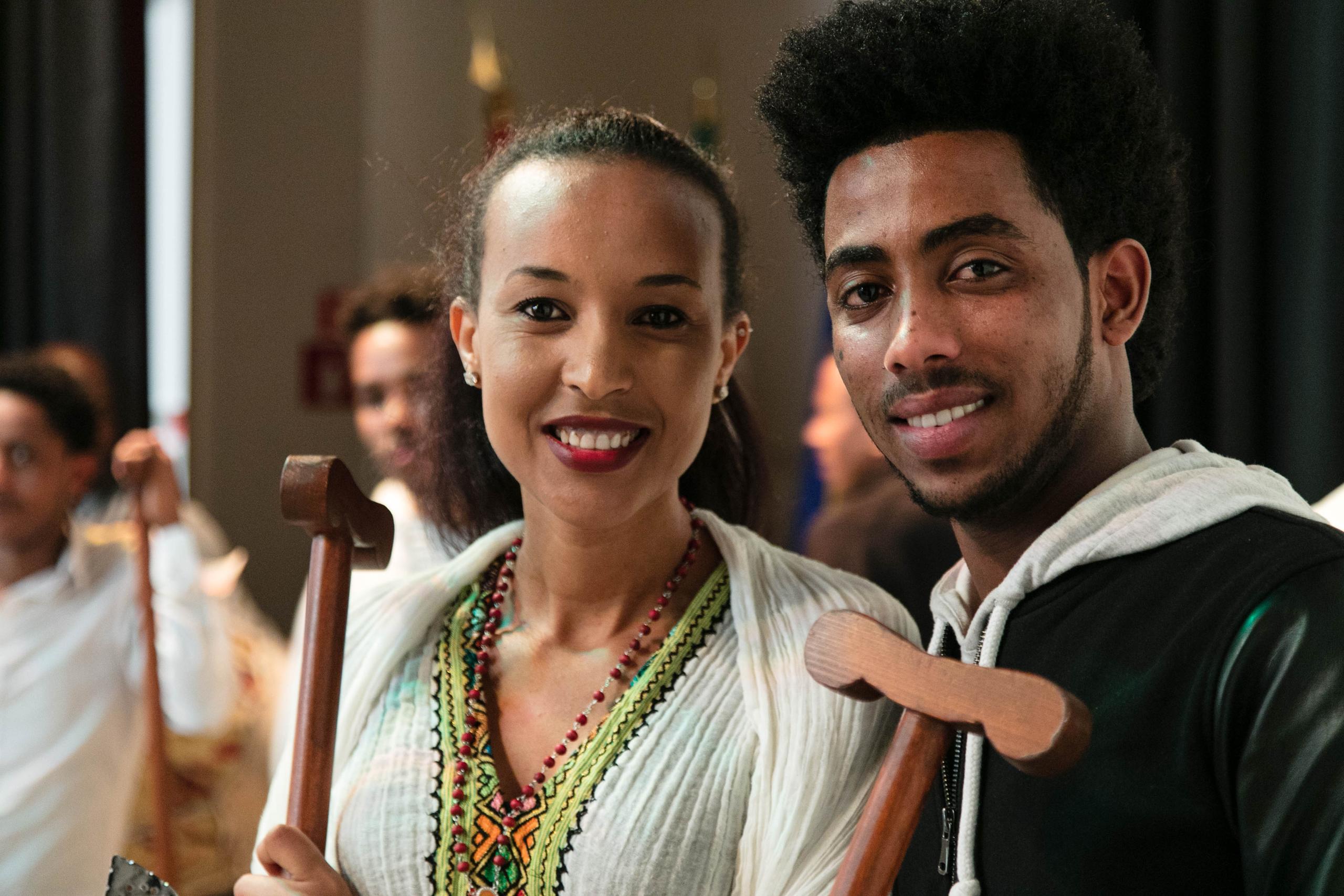How people on the move have shaped Switzerland

A new exhibition traces the population movements that have shaped the Alpine territory and its inhabitants over several millenia. It also gives voice to the Swiss Abroad to complete the picture of a country built on migration.
What proportion of your background is migration-based? The exhibition “Homo migrans” at the Bern Historical Museum opens with this simple question. Taking into account two million years of migration history on the territory now known as Switzerland, the museum’s presentation indicates the answer may not be straightforward.
The journey begins with the first humans to settle in the region around 15,000 B.C., before diving into the Roman invasions, the arrival of the Germanic people, the protection given to the Huguenots and emigration to the New World.
“Imagine Switzerland before 1848,” says Jakob Messerli, director of the Bern Historical Museum. “As a Bernese, if I went to Geneva, Zurich or Basel, I’d be considered a migrant. I’d be the foreigner.”
“In 1848 everyone became Swiss,” he continues. “It’s important to remember that we’re talking about a construct and a process that’s constantly evolving.”
The exhibition Homo migransExternal link runs at the Bern Historical Museum until June 28, 2020.
The museum curators wanted to create an exhibit on migration because, according to surveys, it’s one of the issues that most preoccupy the Swiss year after year.
“The topic is often a very emotional one,” says Messerli. “We wanted to take a step backwards, present certain historical facts and in this way contribute to an appeasement of the debate.”
The departing Swiss
The curators felt it was important to talk about emigration as well as immigration. One section of the exhibit is dedicated to the Swiss Abroad and includes testimonies and some key data.
“We were interested in the reasons for migration and discovered that often they are the same for those who come to Switzerland as for those who decide to leave Switzerland,” says Messerli.
One of the most common reasons is work. Conditions, opportunities and types of jobs are sometimes better elsewhere, as illustrated by the story of one Swiss woman now living in the Caribbean and teaching surfing there – a job that she wouldn’t be able to do in her home country.
“It was important for us to include the Swiss abroad in the exhibit, as a way to say that 10% of those with a Swiss passport live somewhere else,” Messerli explains.
Rejection and integration
The exhibit also examines the difference between “us” and “them” and reminds visitors that such categorisation has changed over time. When groups of migrants first arrive, they are seen as “foreigners”. Then when they integrate fully into society, they become one of the “Swiss”. That was the case for Italian workers who immigrated in the last century to help build railway and transalpine tunnels.

Such arrivals brought with them knowledge and customs that today form a part of everyday life: the Romans introduced wine to the region while the Italians brought spaghetti.
“These examples show to what extent we are defined by migration, without necessarily being conscious of it,” says Messerli.
At the museum the very definition of migration is called into question. In our globalised world, everyone is living a multitude of migration experiences, be it for studies, work or leisure.
“The national football team is a very good illustration of that,” says the museum’s director. “Most of these players have roots outside Switzerland, they have a Swiss passport, but often they work in other European countries.”
“For me, that’s a very good representation of what’s normal today.”
Translated from French by Geraldine Wong Sak Hoi

In compliance with the JTI standards
More: SWI swissinfo.ch certified by the Journalism Trust Initiative













You can find an overview of ongoing debates with our journalists here . Please join us!
If you want to start a conversation about a topic raised in this article or want to report factual errors, email us at english@swissinfo.ch.